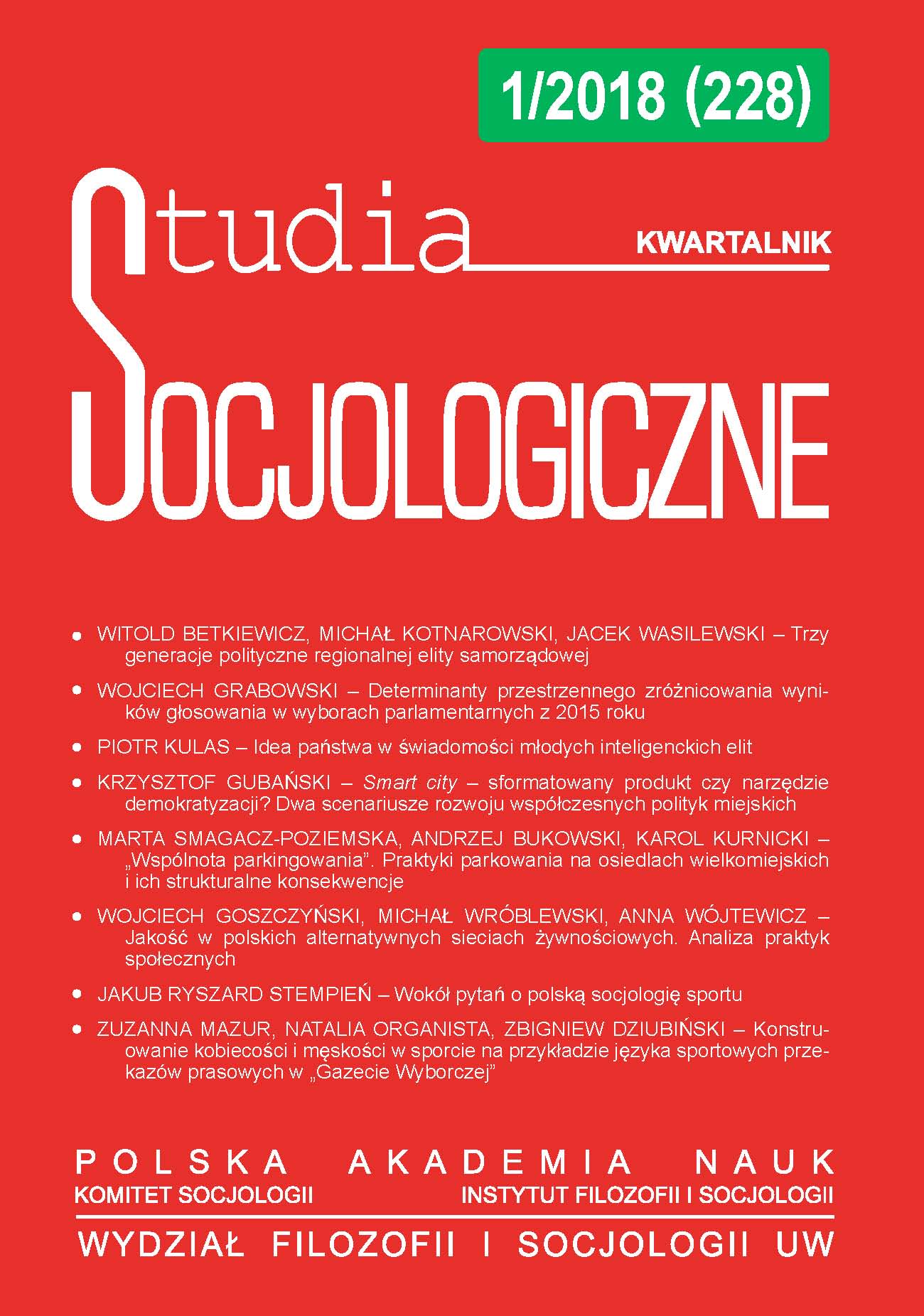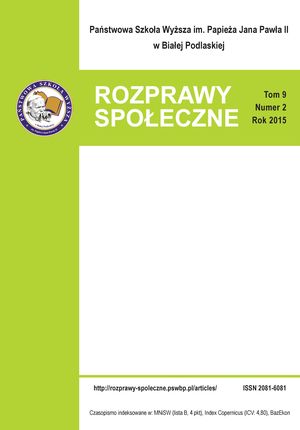Author(s): Mirjana Mađarević / Language(s): Bosnian
Issue: 1/2018
To conduct scientific research in kinesiology special disciplines of anthropometry, kinesiometry, psychometry and sociometry have been used with the aim of studying the measurement accuracy, the metric characteristics of measuring instruments, the organization of the measurement procedure and determining the measurement error. The object of measurement in kinesiology is a human being, i.e. his or her abilities, attributes and anthropological characteristics. To obtain objective and truthful accounts of phenomena and to determine the probability rate in confirming or disproving certain facts (relations, tendencies and principles) relating to complex adaptive reactions of humans, one of the primary scientific tasks is to study the manifested variables and latent dimensions of the subject's psychosomatic status. The factors behind anthropometric variables differ around the world and are dependent on age and sex, as well as on the genetic and socioeconomic components. This is the reason why the results of factor analyses cannot be used a priori. Considering the changes in socioeconomic conditions which occur at an accelerated pace, these studies are in need of modernization and repetition, and the use of the latest mathematical models is recommended in order to acquire a more accurate description of events in the structure of anthropological space, since the results quickly become obsolete. To process the data various mathematical models and procedures are implemented whose first aim is to attempt to identify the dimensions and determine their structure, followed by finding relations among them and between them and the criteria (the levels of success in certain activities or situations), which presupposes setting up valid, reliable and accurate measuring instruments to monitor and assess these variables. This study has been inspired by the inadequacy of answers provided by the theoretical assumptions about the relations of various parameters and by the experiments conducted and analyzed using basic and multivariate statistics which failed to address the questions in the studies of psychomotorics and anthropometry. The greatest challenge has been the application of a new method which could, in theory, provide more accurate and satisfactory answers to the questions posed. The science of kinesiology utilizes a multitude of scientific methods to conduct research, especially when the research involves a new or insufficiently studied phenomenon, in which case the experimental method is the only proper way of obtaining insights. A highly successful simulation can be performed using software and simulators which are universal and more flexible and powerful than regular software modules. MATLAB is an interactive software designed for linear algebra and matrix calculations. It is easily linked to the simulation system using ACSL - Advanced Continuous Simulation Language. It can be expanded to include modules for system management, signal processing, system identification, optimization, statistics etc. MATLAB software has been used in writing this paper. Due to the volume of data, not all of the findings have been presented. The results of measurements of certain combinations of factors from the subsystem of anthropometric space have been presented.
More...















